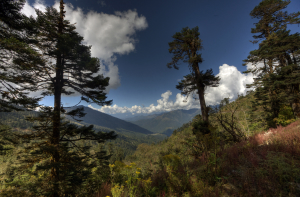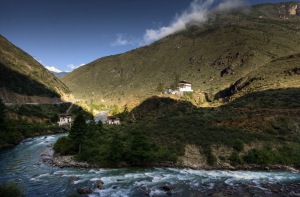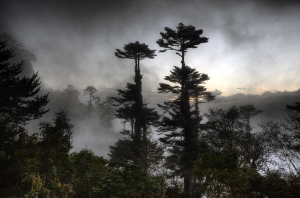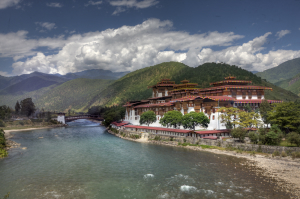Prior to attending the Mind and Life XXIII conference on Ecology, Ethics and Interdependence (which can be viewed on www.dalailama.com, or on Youtube) in India, neuroscientist Richard Davidson, his wife, Dr. Susan Davidson, Jonathan Patz (a leading author of the report prepared by the United Nations International Panel on Climate Change, IPCC, who shared the 2007 Nobel Peace Prize with Vice-President Al Gore), and myself, had the opportunity to visit Bhutan. We had inspiring meetings with the Prime Minister, H.E. Lyonchen Jigme Trinley, and other ministers and key people involved in the pursuit of Gross National Happiness.

In particular, Lyonpo Pema Gyamtsho, the Agriculture and Environment Minister, updated us on environmental initiatives in Bhutan:
— The land in Bhutan has 80% natural coverage (60% by forests). This is a larger percentage than 20 years ago!
— 51% of the country has been turned into national parks.
— Within five years, Bhutan’s agriculture aims to be completely organic and free from all fertilizers and pesticides.
— Bhutan also plans to have 0% carbon emission (this means emission of no more carbon dioxide than its natural environment can absorb).
Bhutan is one of the richest bio-diverse countries in the world. Its varied landscapes range from sea level tropical forests to high altitude glaciers (Kangkar Punsum, 7500m, is the highest unclimbed mountain in the world). Tigers have been photographed at altitudes as high as 4,000m.
This is unique for a country that is 600 km long and covers only 47,000 square kilometers (larger than Switzerland).
Bhutan can thus be considered to be a leader in terms of environmental vision combined with timely implementation.
A few views of Bhutan taken during our visit


